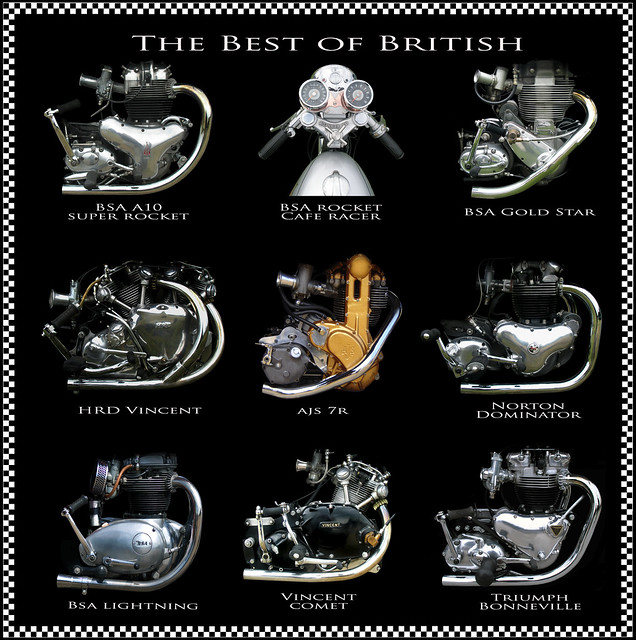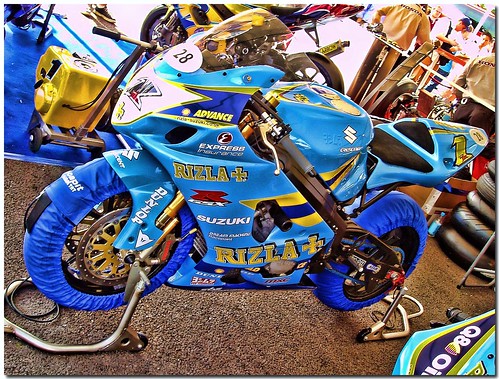


Two-Fat Ladies debuts on BBC2.
Clarissa Dickson-Wright and Jennifer Paterson, travel the United Kingdom, (except for one episode in Ireland and a Christmas special in Jamaica), on a Triumph Thunderbird motorcycle piloted by Paterson. The Triumph's registration is N88 TFL, the British bingo call for number 88 is "Two Fat Ladies-88", and had a Watsonian GP-700 "doublewide" (40"W) sidecar which was where Dickson-Wright sat and at times navigated. They traveled to various destinations, such as an army garrison or an all-girls school, an abbey or a seaside hotel, where they prepared large meals, often with unusual ingredients. Both of the ladies were very fond of strong flavors, often using anchovies, garlic and seasonings quite liberally. The recipes were all from an older time and tradition when rendered fat and drippings, raw eggs, and unpasteurized milk products were commonplace. Such as Clarissa's recipe for buttered Spatchcock (or Spattlecock) which has chickens covered with a thick layer of butter, bread and more butter on top of the bread! They emphasized the importance of using fresh ingredients of the very best quality, eschewing supermarkets for farms and roadside markets that they would seek out on their travels.
For you foodies reading this, the first episode takes them to The Shark's Fin Hotel in Mevagissey, Cornwall. They prepare crab, corn & coriander fritter, fish pie, scallops with leeks and gigot of monkfish romarin with anchovies.
Clarissa said that when they were told that their cookbook was a bestseller in Los Angeles, where the two thought that everyone seemed to live on lettuce and had a dollop of mayonnaise for treats, she said, "They must have been reading it for pornography."
******************************************
Watsonian is the oldest (and arguably the best) sidecar manufacturer in the world.
T.F.Watson, a builder with a penchant for inventions, designed a folding sidecar to enable access through the side passages of terraced houses and in 1912 he established the Watsonian Folding Sidecar Co. at Balsall Heath in Birmingham, England. Since then the company has continued to produce great British sidecars, surviving two world wars, economic boom and bust and a major factory fire in 1930.







































